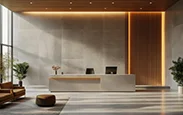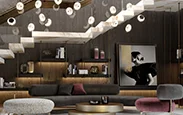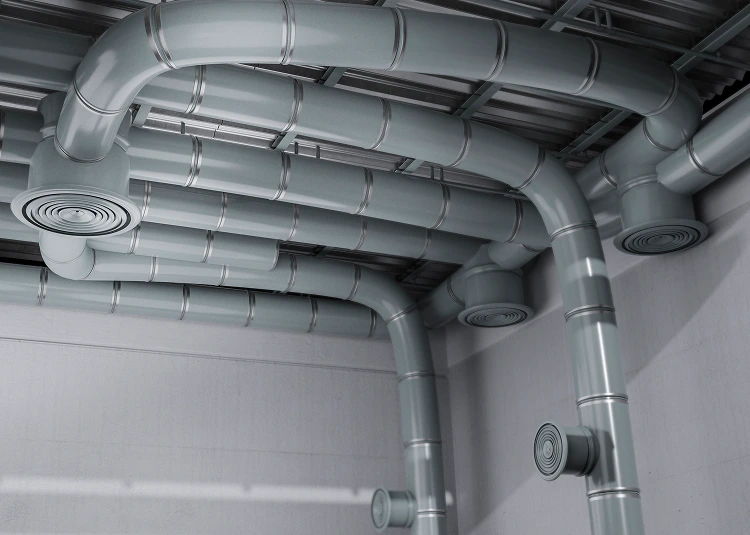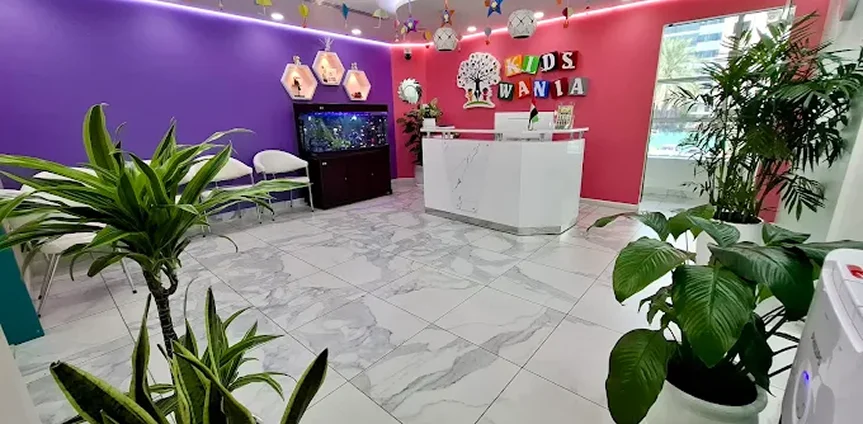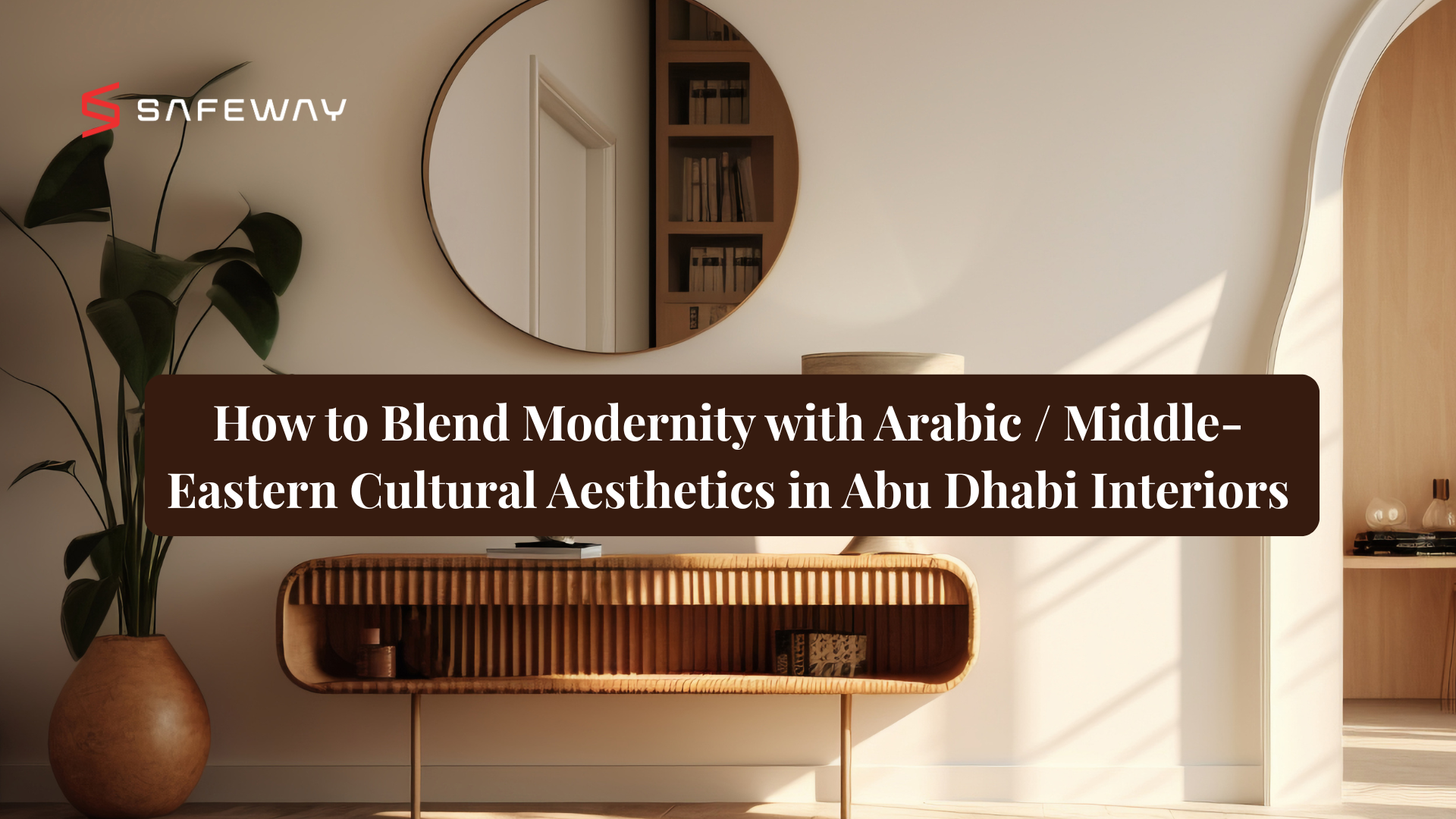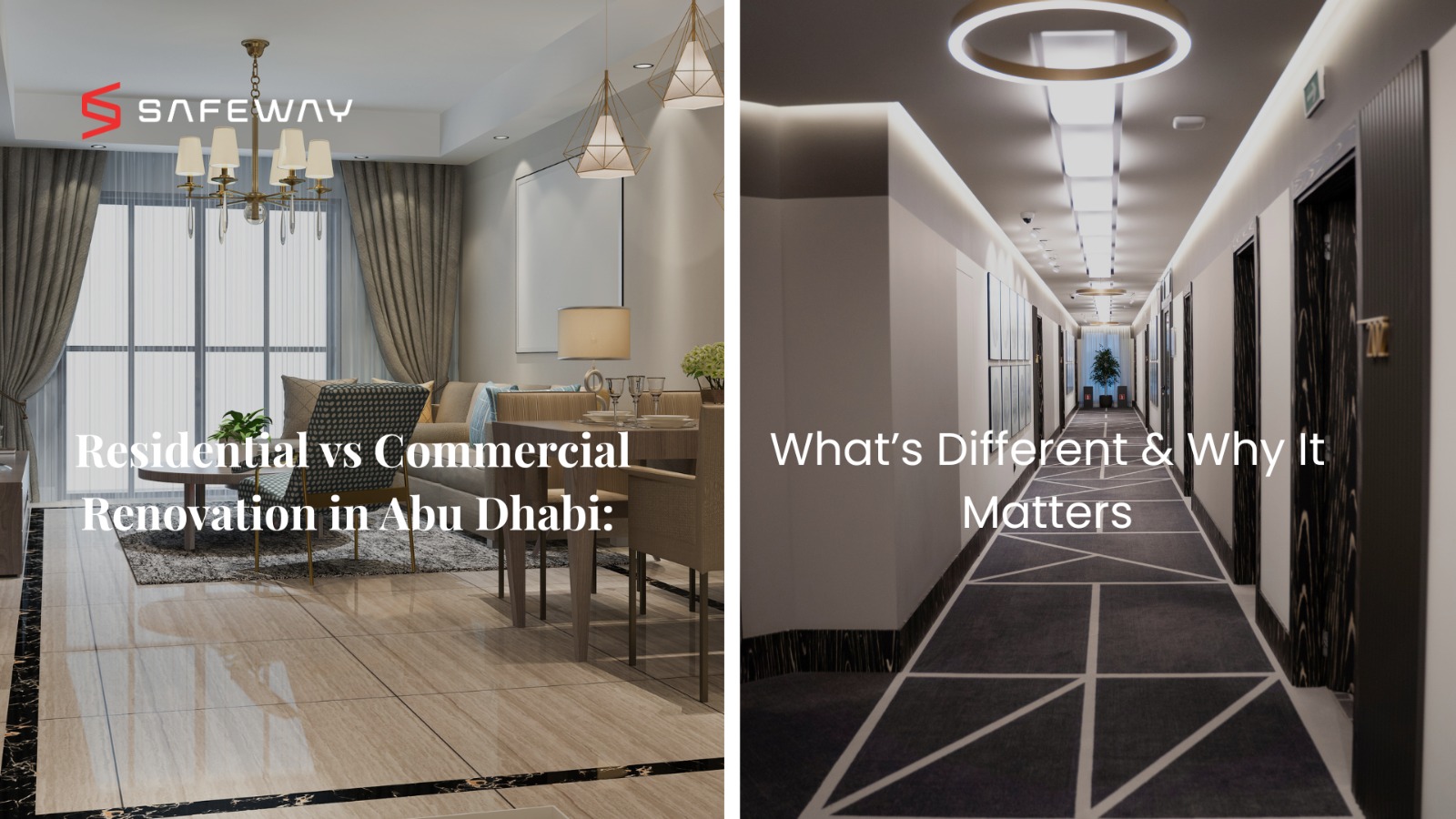
Top Trends in Commercial Interior Fit-Outs in Abu Dhabi: What’s Defining 2025
In a city where architecture rises like poetry in steel and sand, spaces are no longer just built, they are crafted to inspire. Abu Dhabi’s commercial landscape is rapidly evolving, with businesses seeking environments that reflect innovation, sustainability, and human-centric design. The growing demand for commercial interior fit out Abu Dhabi solutions is fueled by the emirate’s sustainability agenda, stricter regulatory standards, and a rising preference for eco-friendly, wellness-driven spaces that enhance productivity and reduce long-term operational costs. From biophilic concepts and modular layouts to AI-powered smart systems, companies are now prioritizing spaces that adapt, perform, and elevate everyday experiences.
One of the main local experts in the field of interior design and fit-out in Abu Dhabi, Safeway Groups, is leading the change. With a career of more than 40 years, Safeway continues to transform commercial spaces with new concepts, green products, and a complete project delivery while making the kind of spaces that not only look good but are also practical.
Why Trends Matter
Modern interior trends are more than aesthetic upgrades, they are the strategic investments that elevate how businesses operate and are perceived. In today’s competitive market, a thoughtfully executed commercial interior fit out Abu Dhabi helps shape a brand’s identity, enhance employee productivity, and create meaningful client impressions. Clean layouts, brand-aligned visuals, and sustainable materials communicate professionalism and innovation, while ergonomic furniture and biophilic elements improve wellness and focus. Flexible spaces, natural light, and curated meeting zones foster collaboration and engagement, making both employees and clients feel valued. Ultimately, modern design transforms workplaces into dynamic environments that drive performance, loyalty, and long-term business success.
Key Fit-Out Trends in 2025
Commercial interiors of 2025 are dramatically changing the way that businesses operate, communicate, and motivate their employees, particularly in a swiftly changing market like Abu Dhabi. Sustainability is still at the forefront of the concerns, as the use of eco-friendly materials, energy-efficient lighting, and durable furnishings not only contribute to the environment but also lead to cost savings in the long run.
Innovative office technology is the major factor which will change the future work places by IoT-driven automation, contactless operations, upgraded climate control and integrated digital interfaces for a more efficient way of working. Moreover, the concept of workspaces has been changed through the rise of demand for flexible workspaces which comprise modular designs that can quickly switch hybrid work cultures, collaborative zones, and private focus areas. The incorporation of biophilic design features like sunlight, indoor plants, and natural texture not only elevate health but are also effective in reducing anxiety and thus, creating a work environment that is more focused on humans.
Finally, minimal luxury blends simplicity with refined finishes, delivering polished, sophisticated spaces that reflect brand identity and professionalism. These trends are shaping the future of every commercial interior fit out Abu Dhabi, ensuring spaces remain functional, inspiring, and future-ready.
Designs Shaped by Culture, Climate & Luxury
Abu Dhabi's business areas are turning to a unique design language which is not only based on the past but also on being climate conscious and of course modern luxury. The local culture is still a major factor, with the Islamic geometric patterns, Arabic-inspired textures, and hospitality-driven layouts being subtly integrated to a level where these features even help to maintain privacy and allow for meaningful social interaction to be experienced more. Organizations can use elements like majlis-style seating, curated local art, and traditional motifs to not only help their customers feel the brand but also help them feel a part and connected to the identity of the region.
The weather of the desert is actually the main reason for the introduction of the heat-resistant materials, smart shading systems, high-performance insulation, and designs that maximize natural airflow and light efficiency. All these decisions make the consumers comfortable while saving energy.
On the luxury front, Abu Dhabi favors refined minimalism, premium finishes, curated lighting, and bespoke craftsmanship that reflect elegance without excess. This blend of cultural relevance, climate-responsive planning, and upscale detail shapes today’s commercial environments and influences every forward-thinking commercial interior fit out Abu Dhabi businesses pursue.
Creating Future-Ready, Sustainable Commercial Spaces
In the span of more than 40 years, Safeway Groups has been the main power that changes the interior through design and the construction of the fit-out sector in Abu Dhabi. The company, which is recognized for turning the most basic spaces into usable, beautiful, and future-appropriate places, is the one that provides the most comprehensive turnkey solutions - from idea creation and mapping to the actualization and handing over of the project. The company’s own crew of talented designers, engineers, and contractors is the one to make sure that every single detail is done with accuracy, high professional skills, and a thorough understanding of the use of space.
Safeway’s methodology is deeply rooted in coming up with new ideas, by using up-to-date technologies and contemporary concepts while also allowing for sustainability, strength, and solutions that are oriented towards the customer. If it is a question of designing offices, business centers, boutiques, or hospitality environments, the company’s interiors are the ones that improve lifestyle, functionality, and being worth for a long time.Their commitment to high-quality materials, custom fit-out solutions, and seamless project management continues to position Safeway Groups as a trusted partner for commercial interior fit out Abu Dhabi projects that demand both style and performance.
Shaping the Future of Commercial Spaces
As Abu Dhabi continues to evolve into a global hub of innovation and design, embracing the leading 2025 trends is essential for businesses aiming to create future-ready, sustainable, and inspiring spaces. From smart automation and biophilic elements to flexible layouts and minimal luxury, these innovations are redefining what a commercial interior fit out Abu Dhabi should deliver - functionality, cultural relevance, and long-term value. In a market where design influences productivity, brand perception, and customer experience, choosing the right partner matters. For tailored, forward-thinking solutions in commercial interior fit out Abu Dhabi, contact Safeway Groups for innovative commercial fit-out solutions in Abu Dhabi and transform your space with confidence.
Discover More

 +
Completed projects
+
Completed projects
 Year established
Year established
 +
Employees
+
Employees







